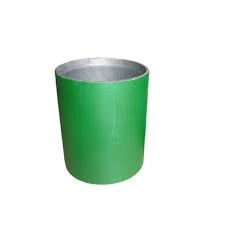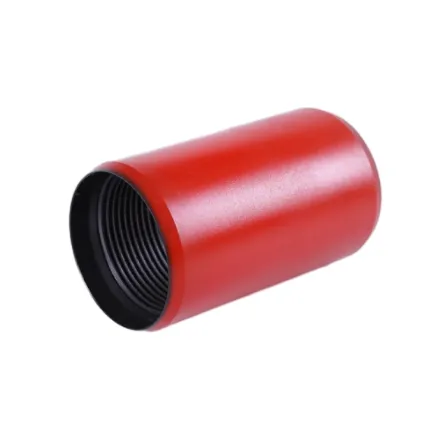- Afrikaans
- Albanian
- Amharic
- Arabic
- Armenian
- Azerbaijani
- Basque
- Belarusian
- Bengali
- Bosnian
- Bulgarian
- Catalan
- Cebuano
- Corsican
- Croatian
- Czech
- Danish
- Dutch
- English
- Esperanto
- Estonian
- Finnish
- French
- Frisian
- Galician
- Georgian
- German
- Greek
- Gujarati
- Haitian Creole
- hausa
- hawaiian
- Hebrew
- Hindi
- Miao
- Hungarian
- Icelandic
- igbo
- Indonesian
- irish
- Italian
- Japanese
- Javanese
- Kannada
- kazakh
- Khmer
- Rwandese
- Korean
- Kurdish
- Kyrgyz
- Lao
- Latin
- Latvian
- Lithuanian
- Luxembourgish
- Macedonian
- Malgashi
- Malay
- Malayalam
- Maltese
- Maori
- Marathi
- Mongolian
- Myanmar
- Nepali
- Norwegian
- Norwegian
- Occitan
- Pashto
- Persian
- Polish
- Portuguese
- Punjabi
- Romanian
- Russian
- Samoan
- Scottish Gaelic
- Serbian
- Sesotho
- Shona
- Sindhi
- Sinhala
- Slovak
- Slovenian
- Somali
- Spanish
- Sundanese
- Swahili
- Swedish
- Tagalog
- Tajik
- Tamil
- Tatar
- Telugu
- Thai
- Turkish
- Turkmen
- Ukrainian
- Urdu
- Uighur
- Uzbek
- Vietnamese
- Welsh
- Bantu
- Yiddish
- Yoruba
- Zulu
កុម្ភៈ . 08, 2025 07:14
Back to list
Caing Coupling
In the oil and gas industry, professionals often encounter the terms casing and tubing, which are integral components of well design and operation. Understanding the differences between these two types of pipes can significantly impact the efficiency, safety, and success of drilling and production processes. This article offers a comprehensive exploration, focusing on experience, expertise, authoritativeness, and trustworthiness to provide a detailed explanation.
The installation process for casing and tubing further differentiates these two systems. Casing installation involves cementing, where cement is pumped into the space between the exterior of the casing and the wellbore wall, enhancing stability and forming a strong, isolated barrier. Tubing installation doesn't usually require cementing. Instead, it involves securing the tubing string inside the casing with a variety of downhole tools and packers to ensure any potential areas of leakage are sealed, thus optimizing production efficiency and safety. Professionals selecting casing and tubing must consider various factors, including well depth, reservoir pressure, production fluid characteristics, and overall production strategy. These considerations directly influence the materials and specifications needed to ensure longevity and reliability. Ultimately, successful well operation depends significantly on understanding and applying the correct specifications for both casing and tubing. Expertise in this domain enables industry professionals to design wells that maximize productivity while minimizing risks and costs. Given their complementary roles, utilizing the right combination of casing and tubing ensures that wells not only perform efficiently but also safely, safeguarding both crews and the environment. In conclusion, understanding the nuanced distinctions between casing and tubing enhances decision-making and operational success in the oil and gas sectors. As technologies and materials continue to evolve, maintaining a strong grasp of these fundamental components' roles and requirements will remain essential for industry professionals striving to optimize well performance and sustainability.


The installation process for casing and tubing further differentiates these two systems. Casing installation involves cementing, where cement is pumped into the space between the exterior of the casing and the wellbore wall, enhancing stability and forming a strong, isolated barrier. Tubing installation doesn't usually require cementing. Instead, it involves securing the tubing string inside the casing with a variety of downhole tools and packers to ensure any potential areas of leakage are sealed, thus optimizing production efficiency and safety. Professionals selecting casing and tubing must consider various factors, including well depth, reservoir pressure, production fluid characteristics, and overall production strategy. These considerations directly influence the materials and specifications needed to ensure longevity and reliability. Ultimately, successful well operation depends significantly on understanding and applying the correct specifications for both casing and tubing. Expertise in this domain enables industry professionals to design wells that maximize productivity while minimizing risks and costs. Given their complementary roles, utilizing the right combination of casing and tubing ensures that wells not only perform efficiently but also safely, safeguarding both crews and the environment. In conclusion, understanding the nuanced distinctions between casing and tubing enhances decision-making and operational success in the oil and gas sectors. As technologies and materials continue to evolve, maintaining a strong grasp of these fundamental components' roles and requirements will remain essential for industry professionals striving to optimize well performance and sustainability.
Latest news
-
Tubing Pup Joints: Essential Components for Oil and Gas OperationsNewsJul.10,2025
-
Pup Joints: Essential Components for Reliable Drilling OperationsNewsJul.10,2025
-
Pipe Couplings: Connecting Your World EfficientlyNewsJul.10,2025
-
Mastering Oilfield Operations with Quality Tubing and CasingNewsJul.10,2025
-
High-Quality Casing Couplings for Every NeedNewsJul.10,2025
-
Boost Your Drilling Efficiency with Premium Crossover Tools & Seating NipplesNewsJul.10,2025
Related Products







